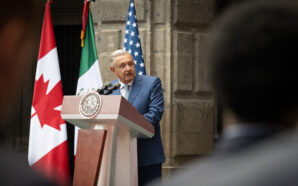Eric Tegethoff
Public News Service
MISSOULA, Mont. – It was when Annie Belcourt was having her own children that she realized some of the insidious ways health disparities for Native Americans reveal themselves.
Belcourt, a psychologist and University of Montana professor who grew up on a Blackfeet Reservation, now studies the care inequities in Native American communities.
Statistics show these communities face greater risks than the general population in just about every health-related category, including cancer, diabetes and suicide.
Belcourt recalls during her own pregnancy, she had to drive four-and-half-hours for prenatal care – a situation not uncommon.
“For people who need dialysis or different types of care, having to travel two to three hours one way to access services is a real barrier, and leads to a lot of people making very difficult decisions, sometimes not being able to afford transportation to medical care,” she points out. “And that has an impact on the whole family and the community.”
Even the drive can be dangerous. The rate of motor vehicle deaths for Native Americans is about 2.5 times higher than the general population.
On average, Native Americans live 20 fewer years than whites in Montana, according to state data.
The Indian Health Service (HIS), the primary health care provider for these communities, is in a position to change these trends.
But Belcourt says lack of funding and mismanagement have gotten in the way.
As an example, she says the IHS didn’t provide her uncle a follow-up for two years after a spot was found on his lung. By then, the cancer had spread to his brain and he died shortly after.
“I know a lot of people who sometimes wait for years for surgery that’s needed or different types of needed interventions, and are told that they’re going to have to wait, or they don’t have the funding to do it, or they don’t have the resources at the hospital to provide the needed medical care,” she states.
Belcourt adds that Native American communities also rely on other federal programs and agencies threatened by funding cuts, such as the Children’s Health Insurance Program (CHIP), Medicare and Medicaid and Veterans Affairs.
To fill the gap, some are turning to traditional healing methods, and using traditional culture to heal as well.
“There’s a lot of hope with regard to thinking about the future and tribal colleges, and bringing back languages and practices, and thinking about how that can improve some of the health inequalities that we see,” Belcourt says.
Belcourt wrote about health disparities for Native communities for the website The Conversation.






